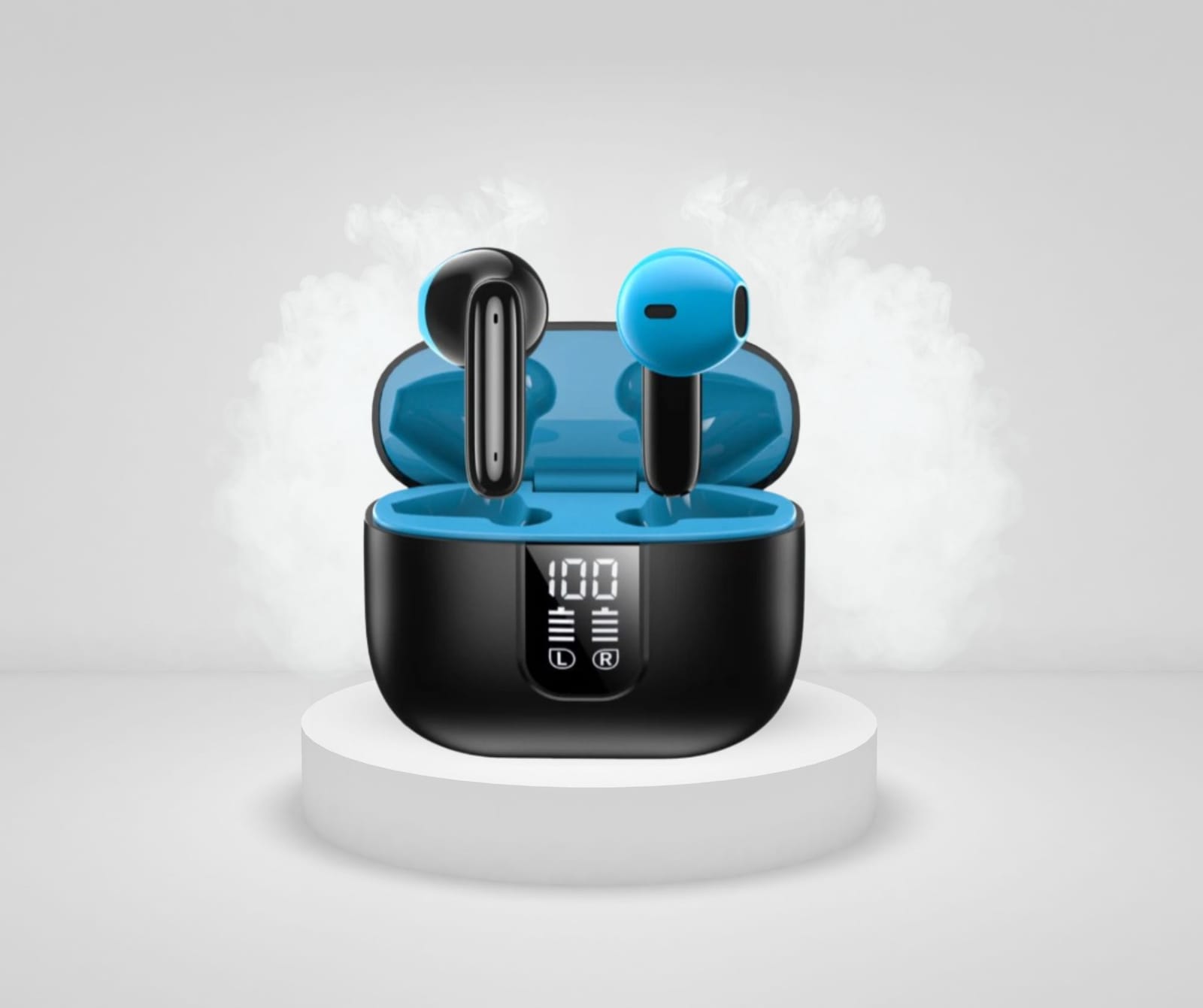By now, most of you will have heard the news that greeted me as I woke this morning, that multiple Grand Tour champion Alberto Contador has tested positive for Clenbuterol during this year’s Tour de France victory. The reaction has been swift – Contador apparently heard of the result on the 24th of August, so one can assume the wheels have been turning furiously for both him and the anti-doping lab that detected the substance, and so it’s no surprise that there are already many theories, discussions and possibilities around what has happened.
I haven’t the time to delve too deeply into it right now, and besides, it would only repeat what is already out there. So to save you some time in searches and your own reading, here are some of the more interesting pieces, that explain what might, or might not be going on:
Contador suspended and UCI statement
A report which contains the UCI’s statement on the case, in which Contador is suspended pending further scientific investigation. They release the level of clenbuterol in the sample as well, which is interesting only because it does give weight to the defence that is being put forward by Contador.
Food contamination: valid reason or overused excuse?
That defense, that the positive test is the result of contaminated food, is discussed in more detail in this article, which includes some quotes from Prof Don Catlin, one of the eminent anti-doping experts. The interview with Catlin clearly took place before the UCI announced the level of clenbuterol in Contador’s sample, because Catlin says “Without knowing what the level [of clenbuterol] in his sample is, it’s impossible to say [whether or not food contamination is a viable explanation]”.
I’d be interested to hear Catlin’s views now that the level of 50pg/ml has been announced.
Medical opinion on the concentration
There are other expert views on the level, however. This report, prepared by Dr Douwe de Boer, contains a fairly systematic explanation of clenbuterol, what it does, how contamination might occur, gives a handful of examples of previous cases or reports of food contamination, and it mentions the specifics of Contador’s case.
The report focuses very heavily on the concentration of clenbuterol in the urine in various cases. For example, it is mentioned that cases of food poisoning which produce symptoms usually occur with a concentration of around 9 ng/ml, or 200 times greater than Contador’s level. The article also explains that WADA requires that its accredited-laboratories must be able to detect Clenbuterol at a level of 2ng/ml – this is referred to as the Minimum Required Performance Level (MRPL).
Full article on The Science of Sport






